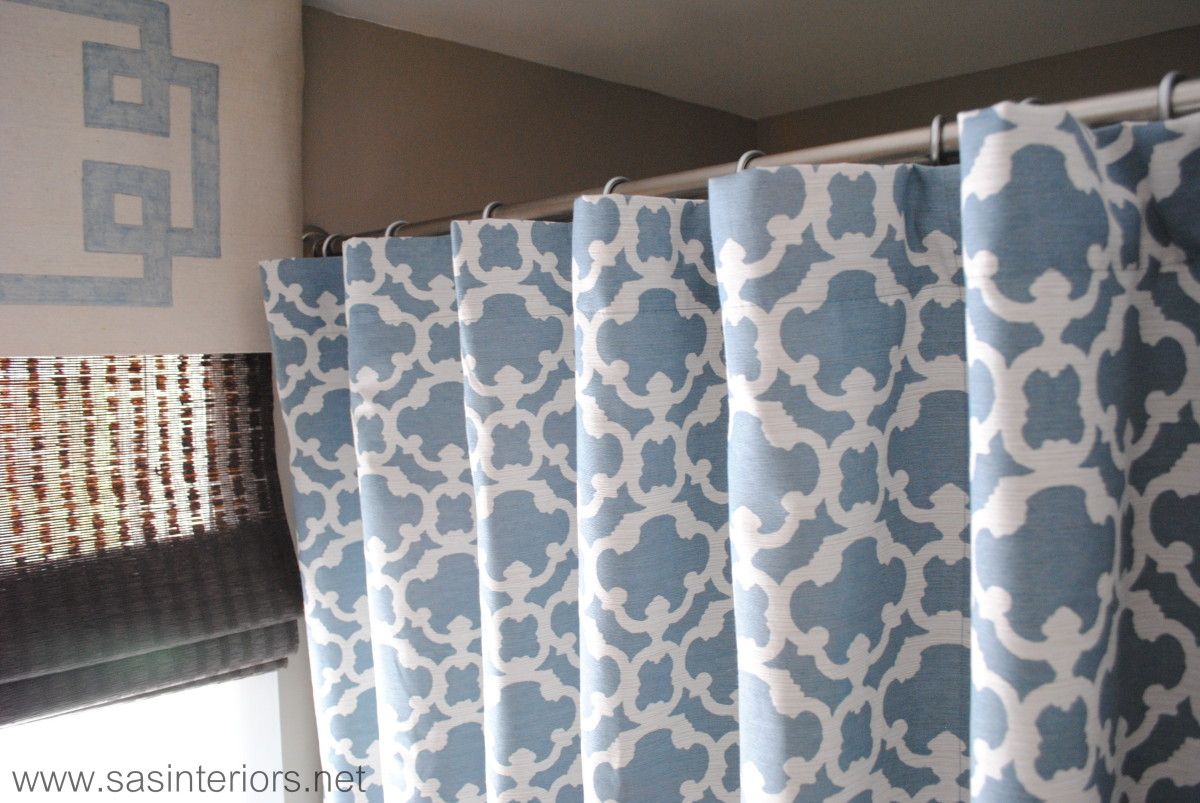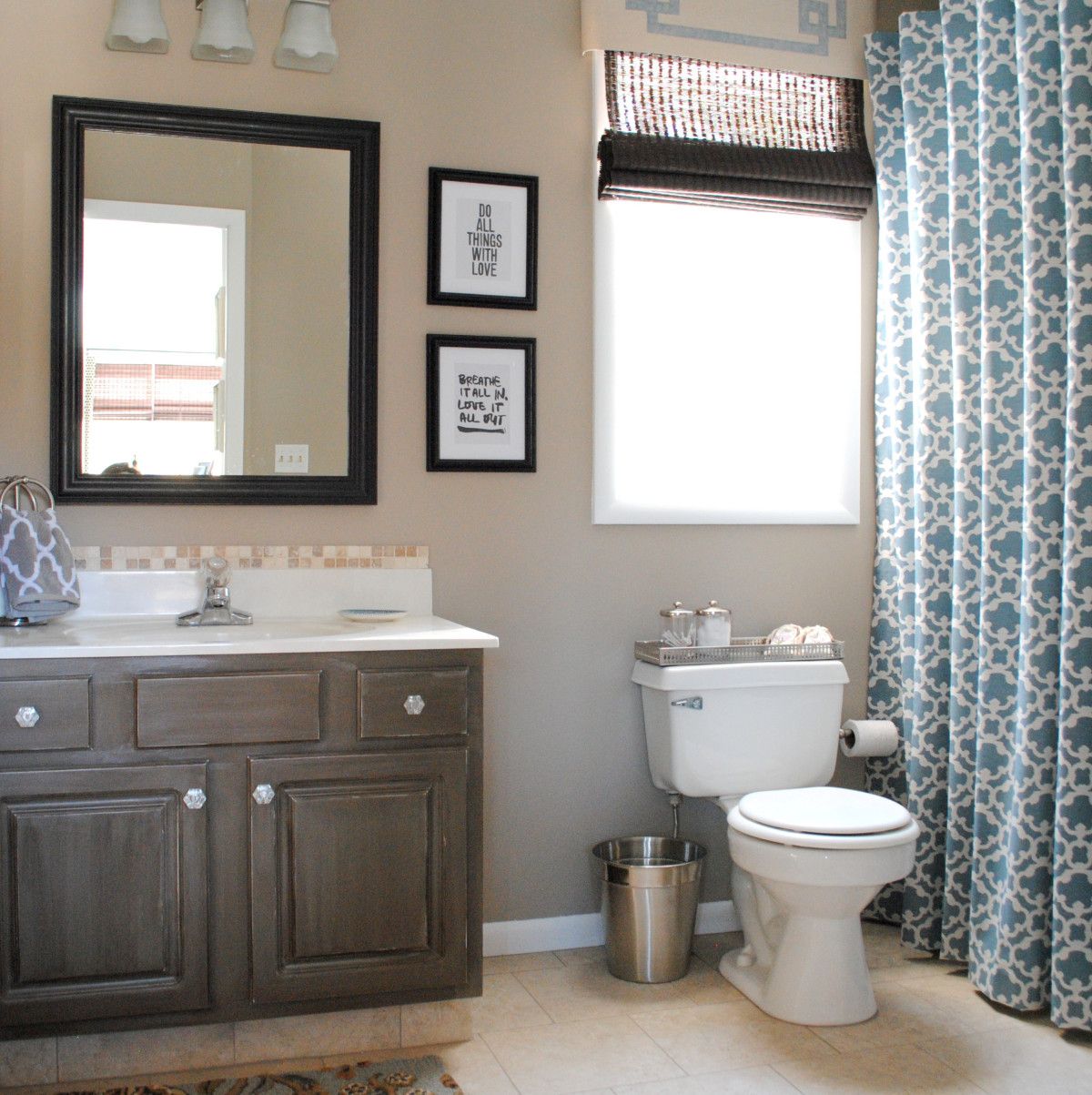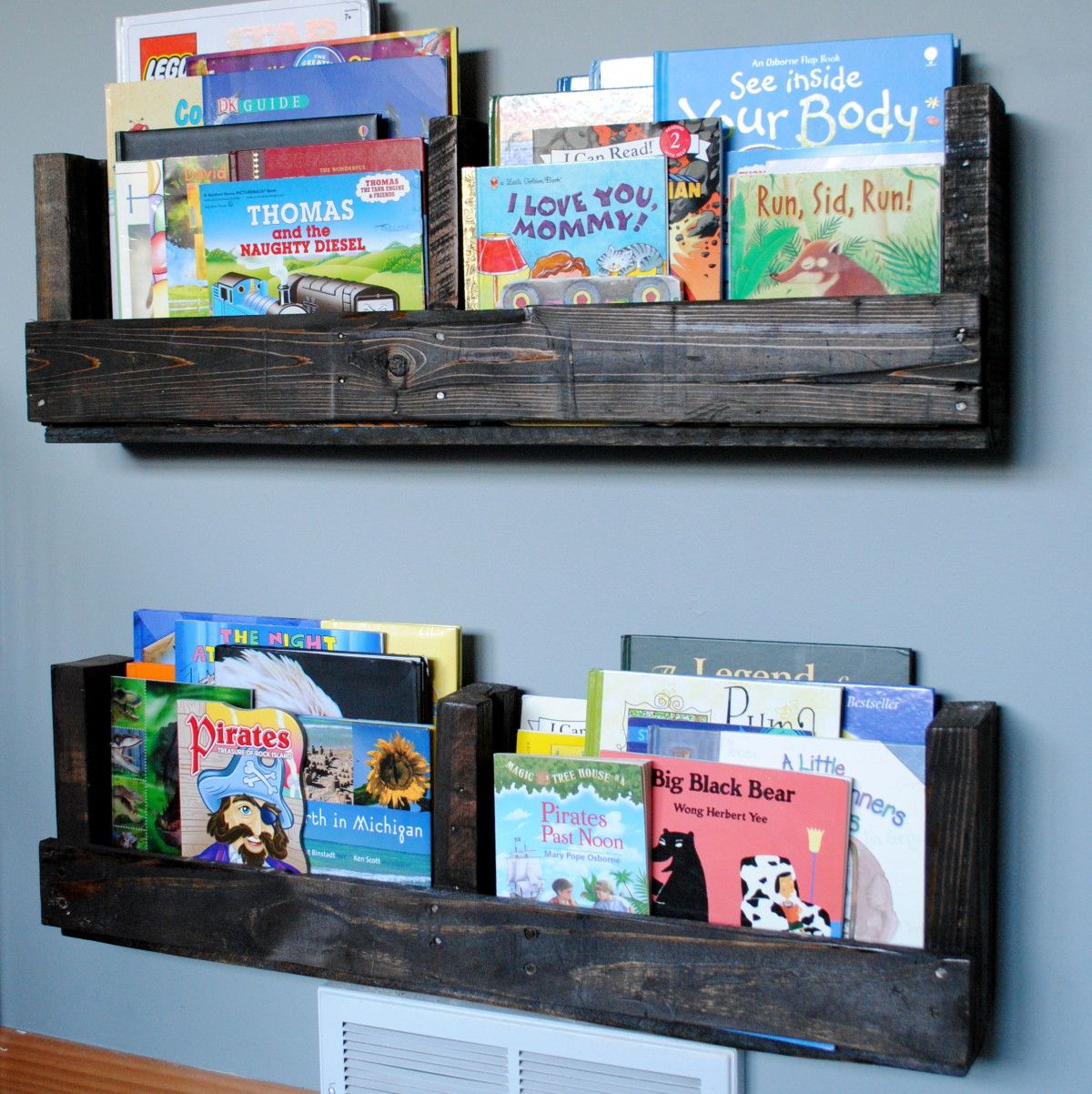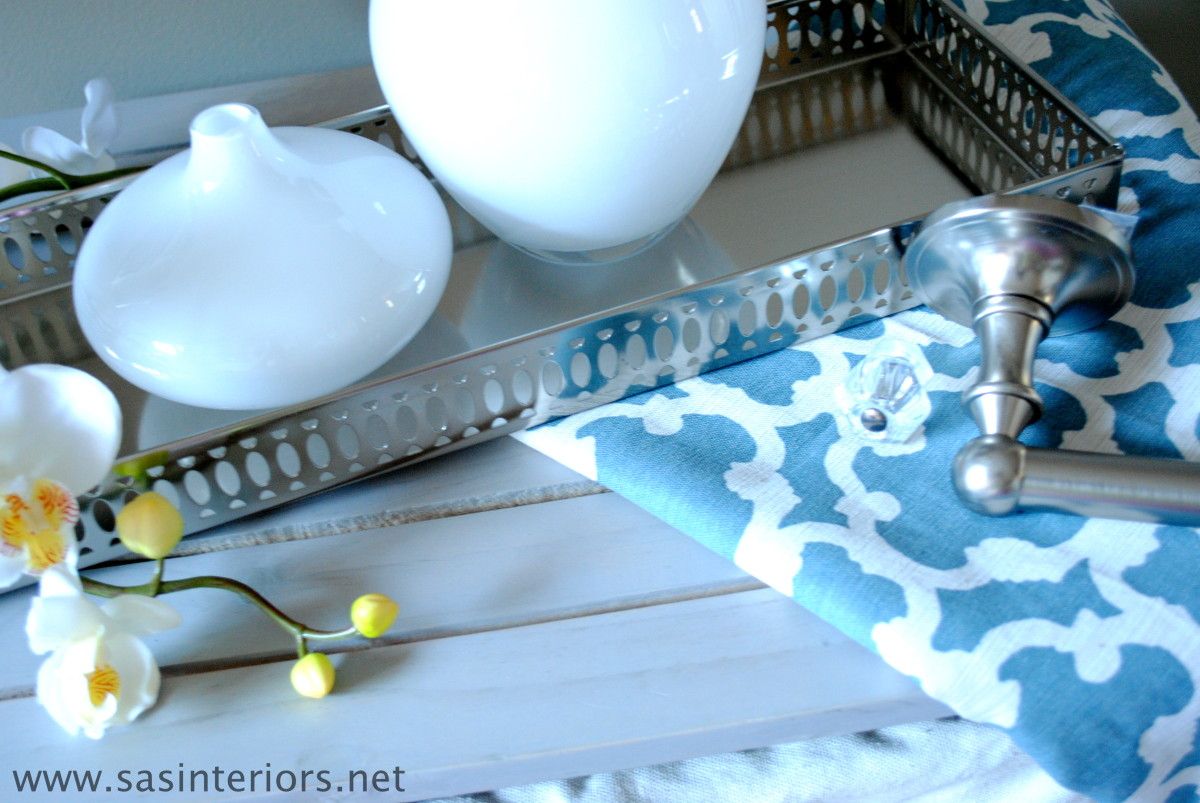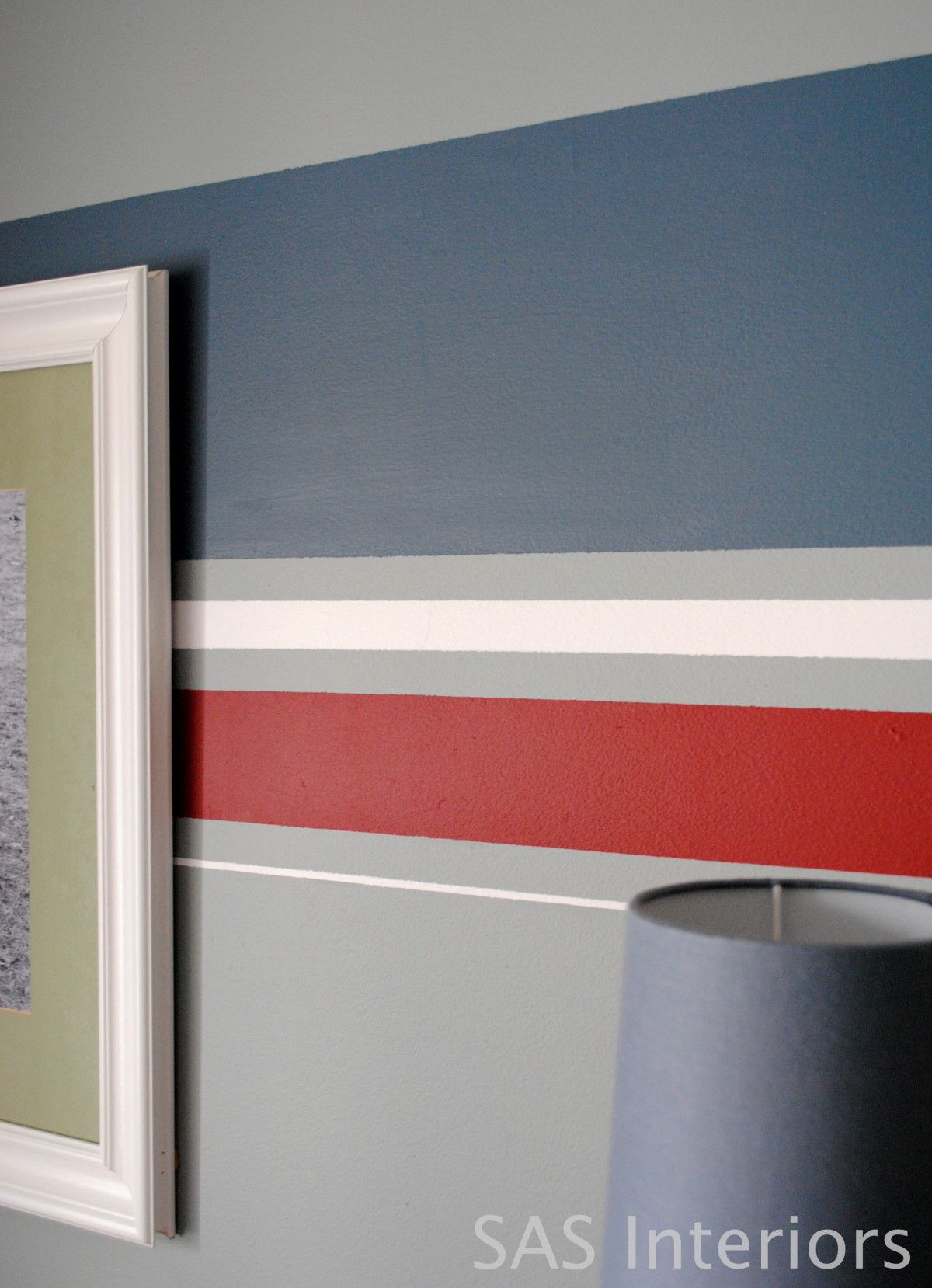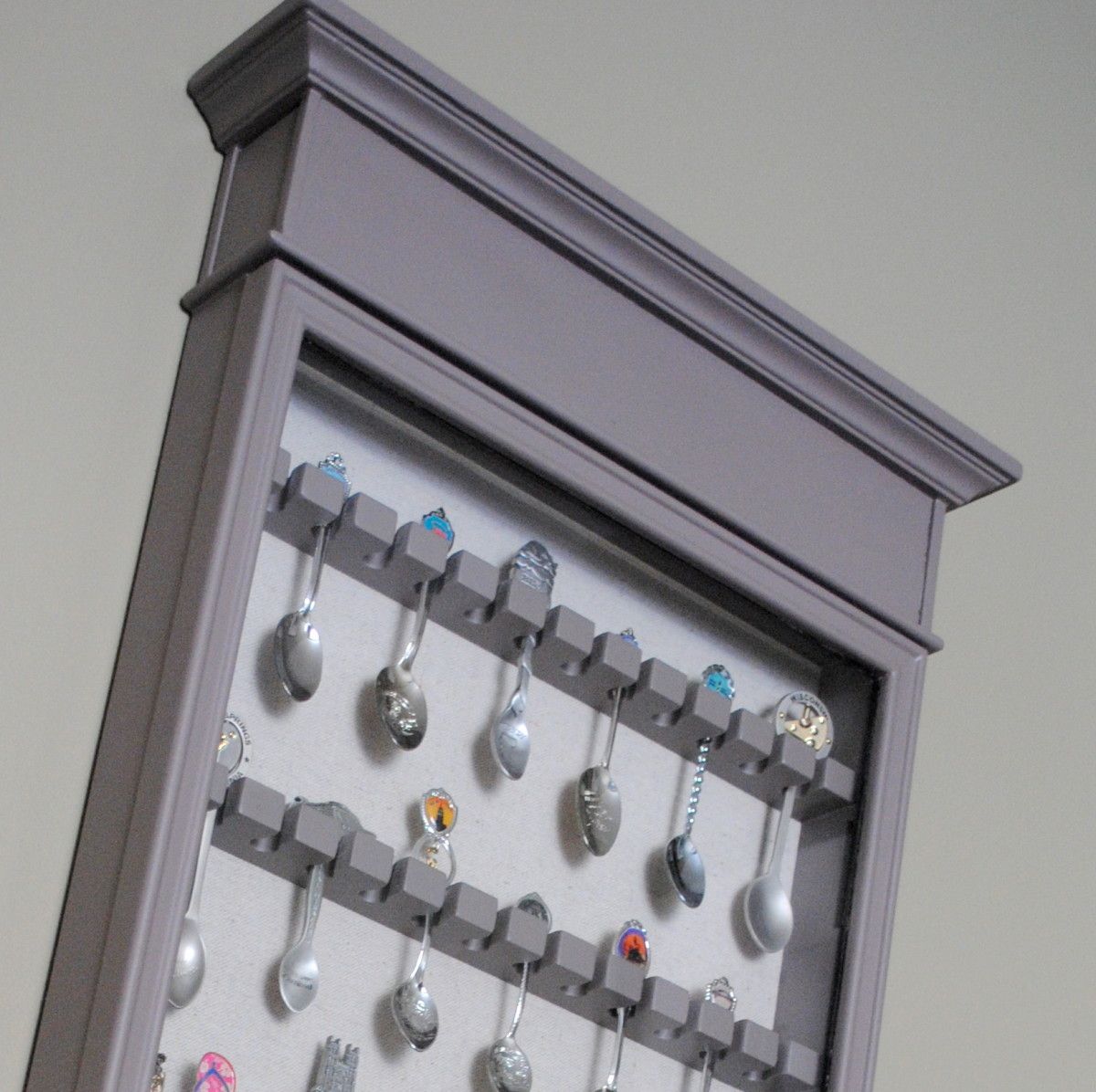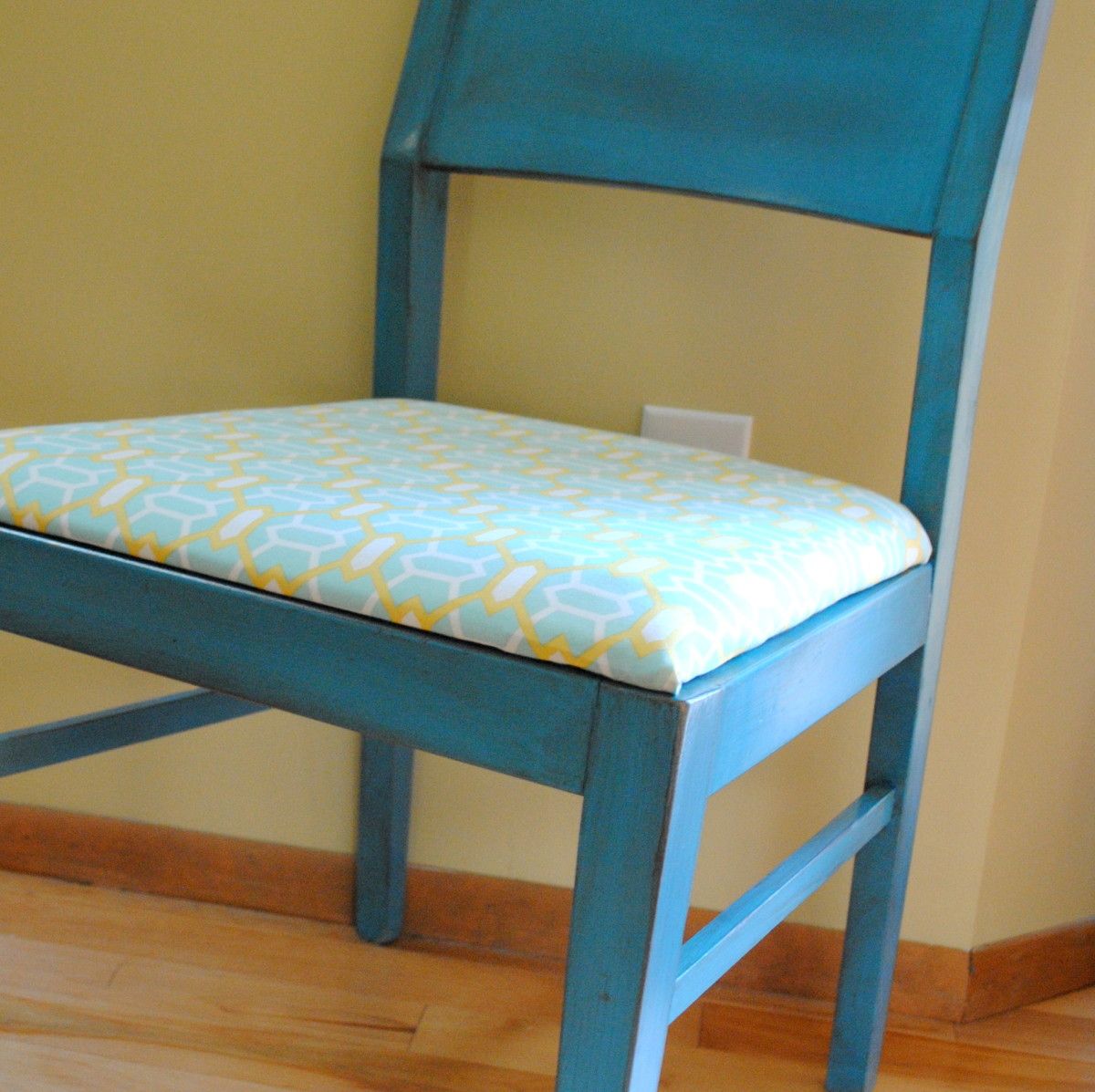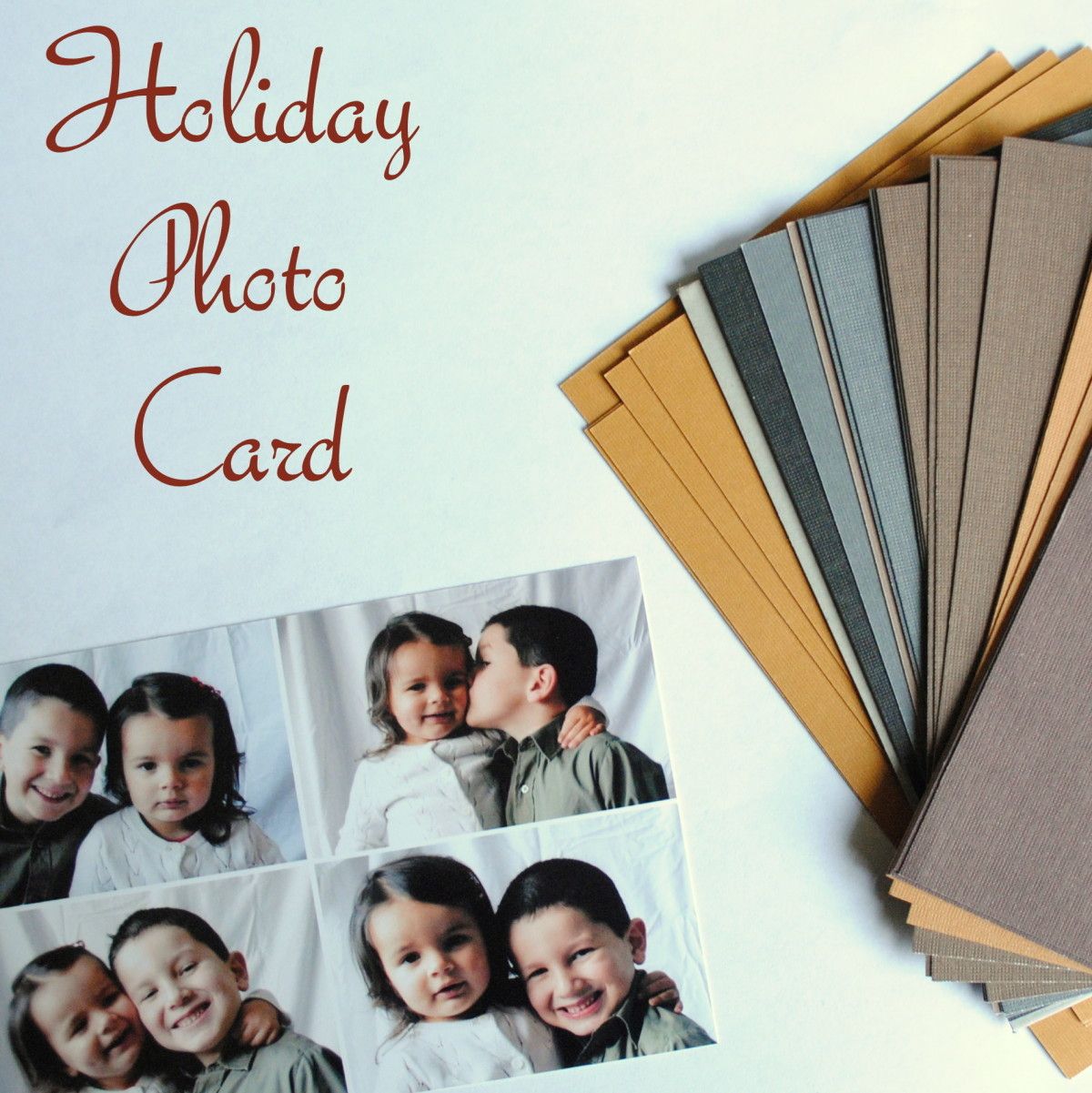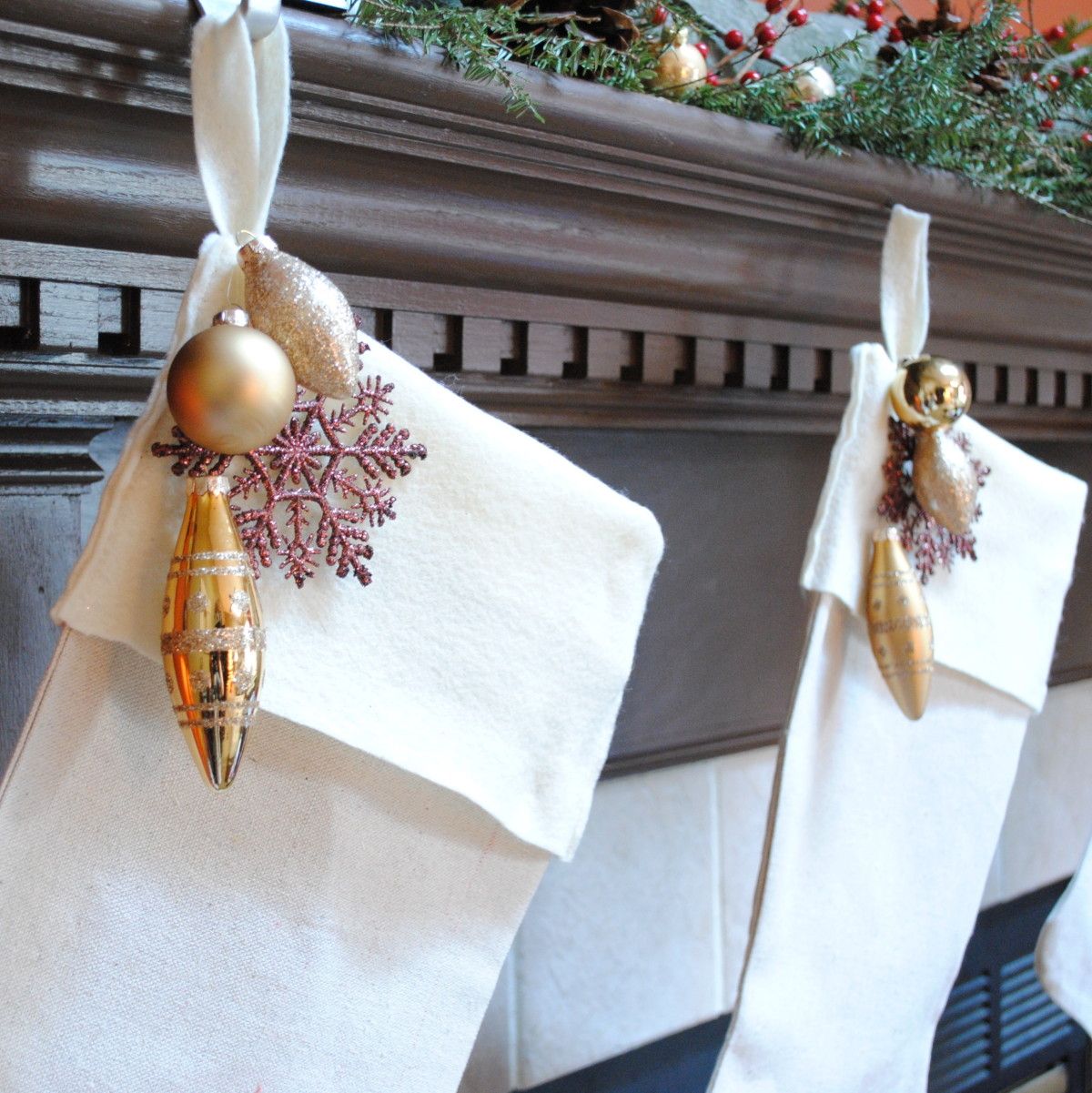How To Glaze a Cabinet Using Stain
I’ve glazed, antiqued, and distressed furniture for a few projects that I’ve featured in the past, but during the makeover of my master bathroom, I tried a completely new and different way of glazing. Instead of using my water/paint technique, this time I used stain.
As I mentioned in the master bathroom reveal, I had envisioned a slightly darker cabinet with a light colored glaze. I had anticipated painting the cabinets, then instead of using my watered-down-brown-paint technique like I’ve done in the past for my cabinet and chair, I thought it would be interesting to try a watered down white paint technique. In my head it was the perfect idea, but unfortunately it didn’t work – URGH! I was knee deep already into the project, so I needed to come up with some sort of resolution to turn it around. But how? (that was the million dollar question brewing in my head)
I had remembered that I read a post that Kristi wrote on How to Paint and Glaze a cabinet, in which she used stain to age the piece of furniture. So I went with it… how much harm could stain over paint do? (it can do alot, but what the heck, I gave it a try)…
So let me step back and share the play-by-play.
I started off by removing the attached toilet paper holder and sanding the entire cabinet with my electrical sander (I also manually sanded the crevices). Plus, I taped the freshly painted walls with painters tape.
I then primed the cabinets using the one-and-only Kilz Primer, and followed it by painting them a darker taupe color, BM Texas Tan, using my awesome Purdy Brush 😉
Ok, here comes the fail part {tears and frustration} well not really… just annoyance that it didn’t work as desired.
So after removing the white mixture (and some of the base coat too), which I thankfully only tried on a small area of the cabinet, that idea was ditched. I repainted those areas and started with the stain.
Glaze is meant to be imperfect and give the look of age. More or less stain can be used depending on the degree of “age” you desire. If you’re looking for a really antiqued look, you can add “wear” marks to the edges using sandpaper and natural looking dents by using a hammer or chisel. Also to add more definition to the overall look, add extra glaze in the crevices of the cabinet or piece of furniture. You can use a smaller brush to get into the indented areas or brush on a second coat of stain in the crevices, and follow it up by gently wiping away so more stain remains.
After completing the entire cabinet, take a look at the result:
Once the entire piece was “stained”, I went back and added some slight distressing. Not as much as the glazed turquoise chair, but just a little to add some faux “aging”. And of course to top it all off, I added two coats of polyurethane. And voila. The cabinet that I never envisioned creating turned out pretty good, wouldn’t ya say?!
Looking for more tips and tricks on how to age, antique, or distress furniture, check out this post I wrote: 5 Tutorials on How To Distress Furniture
Have you ever had a project FAIL that you turned around to create something you love? How have you added “age” to your furniture transformations?
I link my projects to some of these parties: Skip to My Lou, Dittle Dattle, Between Naps on the Porch, Today’s Creative Blog, Stories of A to Z, All Things Heart & Home, Savvy Southern Style, House of Hepworths, Finding Fabulous, Creation Corner, The Shabby Nest, Tatertots and Jello, Thrifty Decor Chick, Tip Junkie











